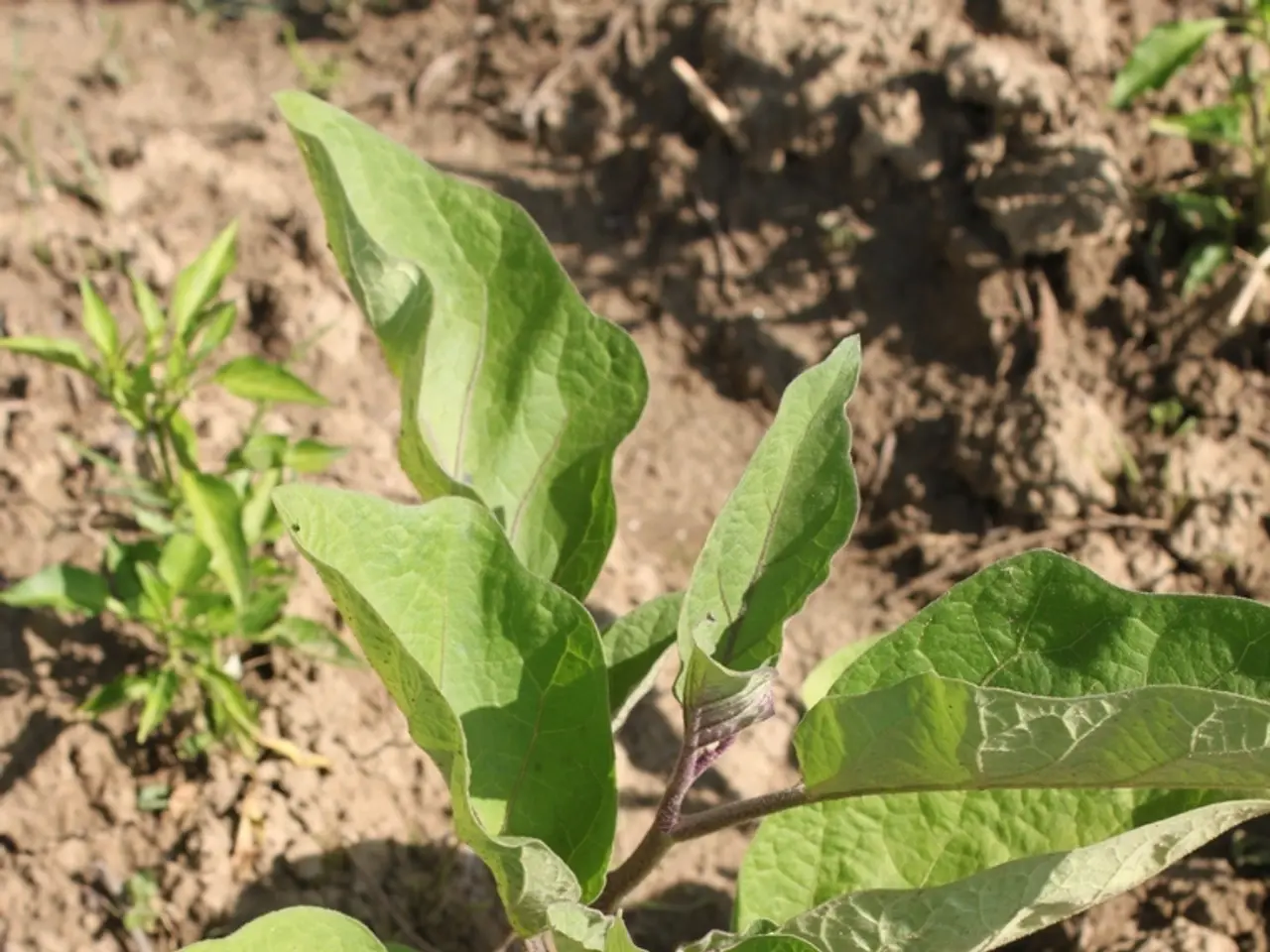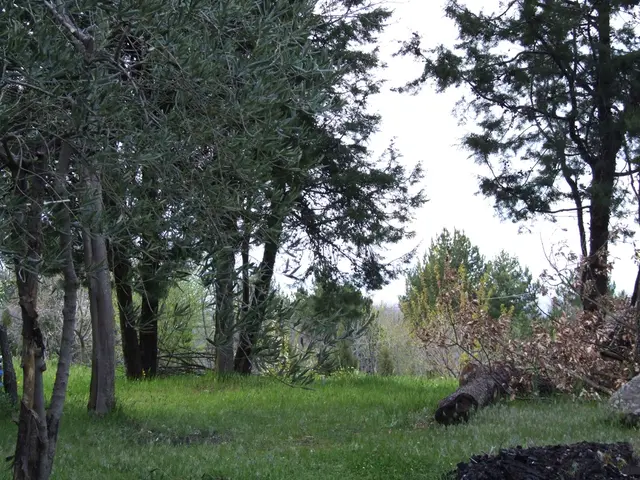Climate Change Threatens Solar Panel Efficiency with Rising Soiling Issues
Climate change is set to worsen soiling issues for solar panels, with incidents like droughts and dust storms increasing. A recent fact sheet, a collaboration between IEA-PVPS Task 13 and Task 16, highlights the importance of tailored mitigation strategies and accurate monitoring.
Soiling, caused by dust, pollution, and biological debris, leads to significant energy losses. It's responsible for between 4% and 7% of global energy losses in solar installations, amounting to billions of euros in annual revenue loss. An international research team, in December 2024, completed Europe's first continent-wide techno-economic analysis of these losses.
Cleaning is the most common solution, but prevention and designs that facilitate cleaning are also crucial. Mitigation strategies must be tailored to local conditions and site characteristics. Cleaning technologies and schedules should be optimized to balance revenues and operational costs.
Soiling poses a substantial threat to solar energy production, with climate change set to exacerbate the issue. Accurate monitoring, tailored mitigation strategies, and optimized cleaning practices are essential to minimize losses and maintain the efficiency of solar installations.
Read also:
- Hydrogen set to revolutionize India's space expeditions, transportation sector, and clean energy ambitions, according to ISRO Chairman's claims
- Strategic approach to eco-friendly nickel production for electric vehicles in Europe
- Solar energy company, Imperium, alongside QORAY Mobility & Energies Solar Business, bolsters Nigeria's environmental future by producing superior solar panels domestically and offering flexible payment options.
- AI Inspection Company, Zeitview, Secures $60 Million Funding for Expansion








